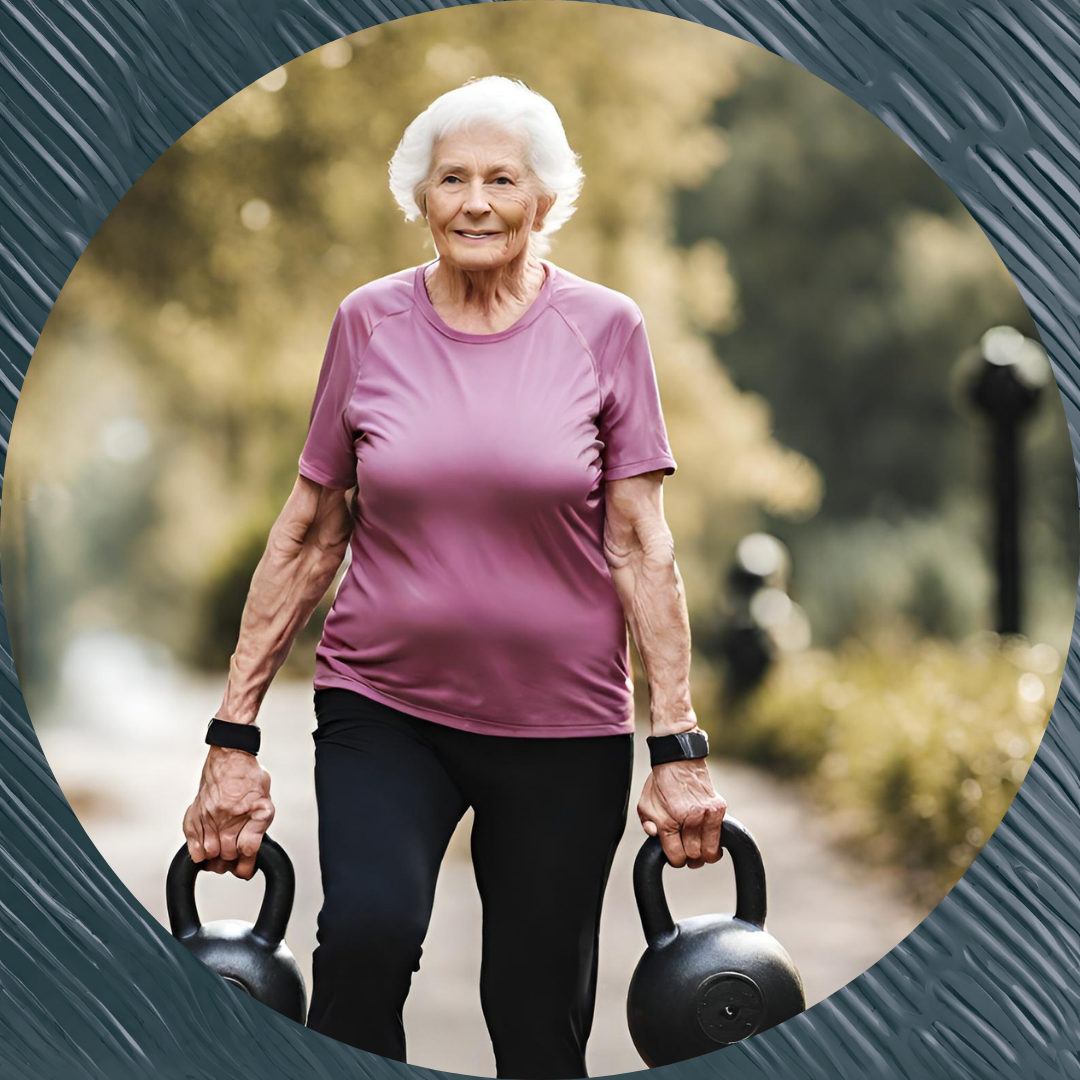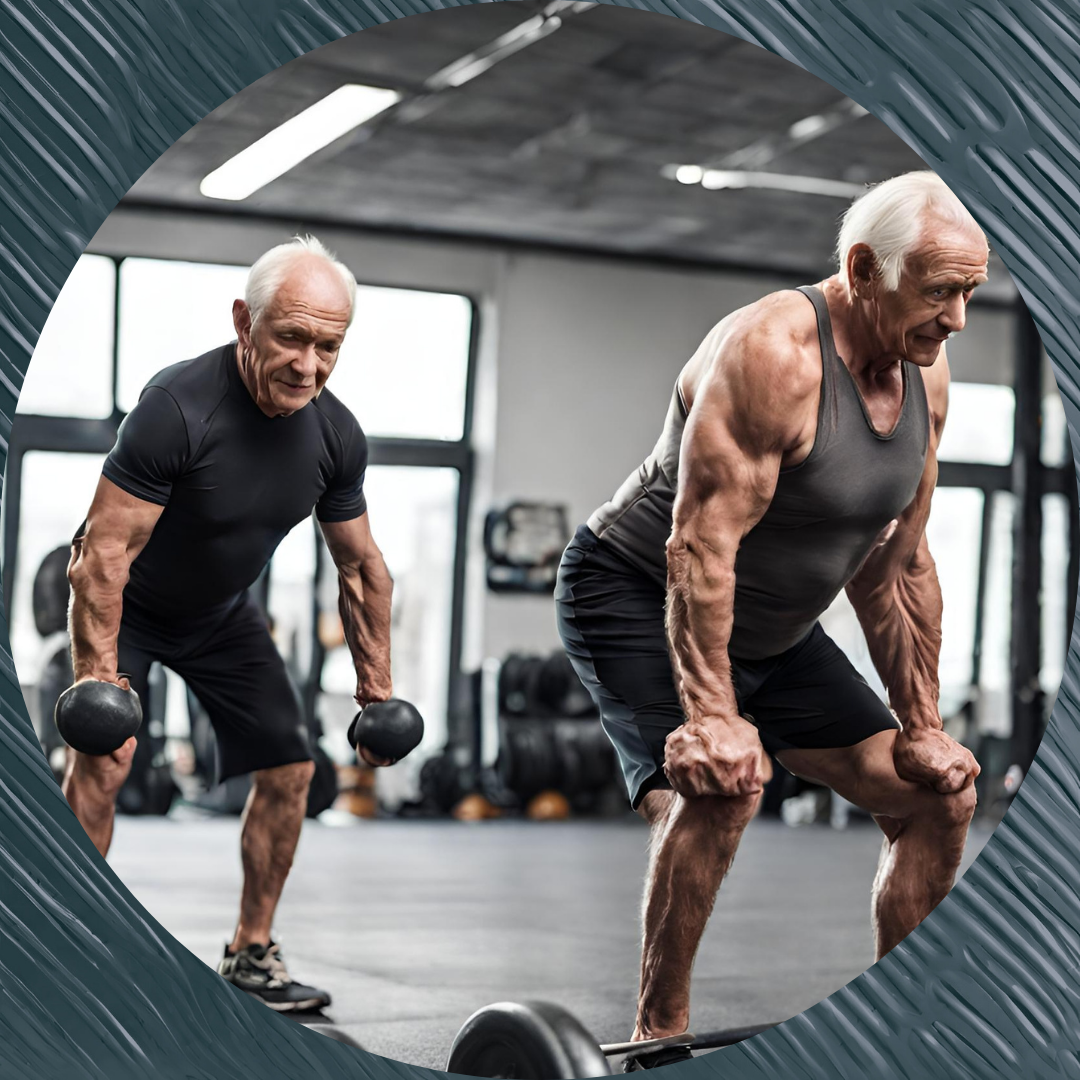Are you looking to improve your strength and endurance? Two exercises that are often compared for their effectiveness in building muscle and improving overall fitness are the Farmers Walk and Deadlift. Both exercises involve lifting weights but have different techniques and target different muscle groups.
Farmers Walk vs Deadlift: Techniques, Differences, and Integration

In this blog, we take a deep dive into understanding Farmers Walk and Deadlift, their techniques, key differences, and similarities. We discuss how you can incorporate both exercises into your workout routine for maximum benefits. So whether you are a beginner or an experienced fitness enthusiast looking to switch up your routine, read on to find out which exercise is better suited for your fitness goals.
Key Takeaways
- Muscle Engagement: Farmers Walk targets grip strength, core stability, and upper body muscles, while Deadlift focuses on lower body strength and the posterior chain.
- Integration Benefits: Incorporating both exercises into your routine ensures comprehensive muscle engagement and balanced development.
- Suitability for Beginners: Beginners can safely incorporate Farmers Walk and Deadlift with proper instruction and technique, starting with lighter weights and focusing on mastering form.
- Frequency: Aim to include both exercises at least once or twice a week, alternating between them to prevent overtraining and promote balanced muscle development.
- Consultation: Consulting with a fitness professional can help ensure safe and effective implementation and maximize the benefits of both exercises.
Understanding Farmers Walk and Deadlift
Farmers walk and deadlift are two powerful exercises with distinct muscle focus. They offer functional fitness benefits and unique strengths. Farmers walk targets grip strength, core, upper back, and thigh muscles, while deadlift emphasizes lower back, glutes, and whole-body force production. A systematic review of strongman exercises underscores the efficacy of both these best exercises for strength and physiology. These workouts also emphasize the need to brace and maintain posture, similar to squats.

What Is Farmers Walk?
Farmer’s walk is a strongman exercise where you carry heavy weights for distance. It targets back muscles, posterior chain, and grip strength, while enhancing postural strength and muscle mass. This exercise also strengthens hip extension, gluteus medius, and obliques. Farmers walk can be a substitute for deadlift, emphasizing grip, forearms, and posture.
What Is Deadlift?
Deadlift is a compound exercise that targets multiple muscle groups simultaneously. It focuses on the lower back, glutes, quads, and flexion strength. This exercise enhances core strength, grip, and force production while engaging muscles throughout the body. Proper bracing, posture, and biomechanics are emphasized in deadlift coaching.
The Technique: Farmers Walk
The farmers walk exercise emphasizes maintaining bracing, posture, and grip strength, and involves carrying weights with minimal rest intervals. Coaching highlights the importance of grip, posture, and force production, making it a strongman exercise that requires functional fitness and core stability. This exercise is one of the best exercises for enhancing grip strength, winwood, and overall physiology, making it a valuable addition to any strength training routine.

Right Stance and Grip
Emphasizing upper back and core stability, the farmers walk technique places great importance on barbell grip and core bracing. Grip strength training during farmers walk enhances forearm endurance and muscle force production. The correct grip positioning engages back muscles, forearms, and obliques, highlighting the exercise’s focus on grip strength, endurance, and muscle force production.
Maintaining Posture
In the context of farmers walk, maintaining posture is crucial. It demands a straight back, hip extension, and proper posture to emphasize upper back, glutes, and core engagement. This form of posture training enhances core strength, obliques, and back muscles while necessitating grip endurance and force production. Therefore, core strength, posture, and grip endurance are pivotal in farmers walk training
Walking with Weights
Engaging in a walking exercise with weights involves using kettlebells, dumbbells, or farmer’s bars to target grip strength, force production, and muscle endurance. This type of exercise engages the lower back, glutes, and posterior chain, promoting muscle mass, grip strength, and functional fitness applications. It also emphasizes the importance of engaging thigh muscles, calves, and grip strength, making it an effective way to improve overall strength and endurance.
The Technique: Deadlift
The deadlift technique involves systematic bracing, force production, and muscle engagement, emphasizing grip strength, lower back, and hip extension. Proper coaching highlights the importance of muscle force production, core strength, and posture to ensure proper rep, grip, and lower back muscle engagement. Deadlift training is crucial for back, thigh, and core muscle strength, making it one of the best exercises for overall strength and physiology.

Correct Positioning
Proper barbell positioning, grip, and engagement of lower back muscles are crucial in deadlifts. This exercise emphasizes grip strength, force production, and muscle bracing, engaging back, glutes, quads, and lower back muscles. Correct deadlift positioning is essential for muscle force production and posture, emphasizing grip strength, posture, and muscle rep. Utilizing physiology and the best exercises, deadlift coaching highlights the importance of maintaining the right posture to get the maximum benefit from the exercise.
Lifting the Weight
Engaging in the lifting portion of the deadlift exercise involves raising the barbell and activating the back muscles for force production. This action emphasizes the importance of grip strength, lower back engagement, and muscle force production, which are essential components of deadlift training. Additionally, the exercise highlights the significance of core engagement, further contributing to a comprehensive workout that targets multiple muscle groups simultaneously. Lifting the weight in deadlift training not only engages the lower back and core but also reinforces the focus on force production, making it one of the best exercises for overall strength and winwood.
Lowering the Weight
Lowering the weight in strength training involves a gradual descent to the starting position, engaging the back muscles and promoting muscle activation along the posterior chain. It emphasizes controlled movement, stability, and eccentric muscle contraction, particularly in the upper back and shoulders. This phase also activates grip strength, lower back muscles, and thigh muscles, highlighting the importance of hip extension and gluteus medius activation. The lowering phase is crucial for enhancing overall muscle rep and endurance.
Key Differences and Similarities

When comparing the force production and muscle groups engaged, farmer’s walk and deadlift differ in their physiological impact. Strongman exercises are valuable in sports medicine and functional fitness, highlighting the practical applications of these workouts. A systematic review of the two exercises for muscle mass development provides comprehensive insights. Additionally, the postural strength benefits of incorporating both exercises into training programs reveal unique advantages. Furthermore, the impact on core strength and back muscles distinguishes the effectiveness of deadlift and farmer’s walk.
Muscles Targeted
When comparing the muscles targeted in farmers walk vs deadlift, it’s evident that both exercises heavily recruit muscle groups, including forearms, quads, and calves. The farmer’s walk exercise places emphasis on grip strength, obliques, and flexion muscles, while deadlifts effectively engage the entire body, including muscles of the lower back and obliques. Farmers walk activates the entire posterior chain, enhancing hip extension, glutes, and forearms, whereas the deadlift exercise targets the back, glutes, flexion, bracing, and biomechanics.
Strength and Endurance
Assessing the impact of both deadlift and farmers walk exercises on postural strength and stability is essential for understanding their physiological benefits. Farmer’s walk exercises particularly influence hip extension, posture, and force production, enhancing overall winwood function. In contrast, deadlifts have a significant effect on postural alignment, back muscles, and core stability, emphasizing the importance of brace and squats in maintaining proper form and posture during this exercise. Evaluating the biomechanics of posture in relation to these exercises provides valuable insights into their impact on overall physiology.
Incorporating Both Exercises in Your Routine
Blending farmers walk and deadlift exercises can enhance grip strength and muscle activation, while integrating strongman exercises improves postural strength and functional fitness. Incorporating both exercises into training routines ensures comprehensive muscle engagement and alternating between them explores the benefits of each. This approach helps understand the impact of blending farmers walk and deadlift exercises for overall muscle development, making it an optimal strategy for achieving the best results in strength and physiology.
Alternating Between the Two
When integrating exercises for optimal muscle development, alternating between farmers walk and deadlift is crucial. This systematic approach prevents muscle fatigue and promotes balanced muscle development. Strategic variations of these exercises prevent plateaus in muscle development, while alternating patterns improve functional fitness and muscle mass. Implementing this approach ensures comprehensive muscle engagement, preventing grip fatigue and optimizing muscle groups. By blending the best exercises like farmers walk and deadlift, individuals can achieve winwood in their training routines.
Blending Farmers Walk and Deadlift
Blending farmer’s walk and deadlift exercises optimizes muscle activation, grip strength, and core stability. This combination develops lower back muscles, glutes, and upper body strength for comprehensive muscle engagement. Integrating both exercises enhances force production, postural strength, and functional fitness. The blended approach ensures balanced muscle development and improved physiology, making it one of the best exercises for overall strength and winwood.
Is Farmers Walk as Effective as Deadlift for Strength?
Assessing the efficacy of farmers walk exercises compared to deadlifts in developing grip strength and lower body muscles. Examining the impact of farmers walk on lower back strength, grip, and force production. Evaluating the benefits of incorporating farmers walk exercises for muscle mass and functional fitness. Analyzing the strength and endurance advantages of including farmers walk exercises in training routines.
Both Offer Benefit
Both farmers walk and deadlift are beneficial exercises that target different muscle groups and contribute to overall strength and endurance. Farmers walk primarily works the grip, core, and upper body muscles, while deadlift focuses on the lower body and posterior chain. It’s important to understand the proper technique and form for each exercise to maximize their benefits and minimize the risk of injury.
Why Choose One?
Incorporating both farmers walk and deadlift into your routine can provide a well-rounded strength training program. You can alternate between the two exercises on different workout days or even combine elements from both exercises for a challenging and effective workout. Ultimately, the choice between farmers walk and deadlift depends on your fitness goals, preferences, and any specific considerations or limitations you may have. Consult with a fitness professional to determine the best approach for your individual needs.
Farmers Walk vs Deadlift: Mastering Techniques, Differences, and Integration

In this exploration of Farmers Walk and Deadlift, we’ve delved into their techniques, highlighted key differences, and discussed how to integrate them into your workout routine seamlessly. Both exercises offer distinct advantages: Farmers Walk hones grip strength and upper body muscles, while Deadlift targets the lower body and posterior chain.
By incorporating both into your regimen, you can achieve a well-rounded strength training program that maximizes muscle engagement and overall fitness. Whether you’re a beginner or a seasoned fitness enthusiast, understanding the benefits of each exercise empowers you to tailor your routine to your specific goals.
Remember, proper form and technique are paramount to reaping the full benefits while minimizing the risk of injury. Consult with a fitness professional to ensure you’re executing these exercises correctly.
So, why choose one when you can harness the power of both? Take the next step towards your fitness journey and incorporate Farmers Walk and Deadlift into your routine today.
FAQs
Which exercise is better for building overall strength: Farmers Walk or Deadlift?
Both Farmers Walk and Deadlift offer unique benefits for building strength. Farmers Walk targets grip strength, core stability, and upper body muscles, while Deadlift focuses on lower body strength and the posterior chain. Integrating both exercises into your routine ensures comprehensive muscle engagement and balanced development.
Can beginners incorporate Farmers Walk and Deadlift into their workout routine?
Yes, beginners can incorporate Farmers Walk and Deadlift into their routine with proper instruction and technique. Start with lighter weights and focus on mastering the form before increasing intensity. Consulting with a fitness professional can help ensure safe and effective implementation.
How often should I include Farmers Walk and Deadlift in my workouts?
The frequency of incorporating Farmers Walk and Deadlift into your workouts depends on your fitness goals, overall routine, and recovery capacity. Aim to include both exercises at least once or twice a week, alternating between them to prevent overtraining and promote balanced muscle development. Listen to your body and adjust accordingly.
Unlock Vitality at Any Age
Discover the key to vitality and well-being at any age on our website, Fit After 55. Explore engaging content tailored to elderly fitness, designed to uplift both body and mind. Start your journey to a healthier, happier you today!

